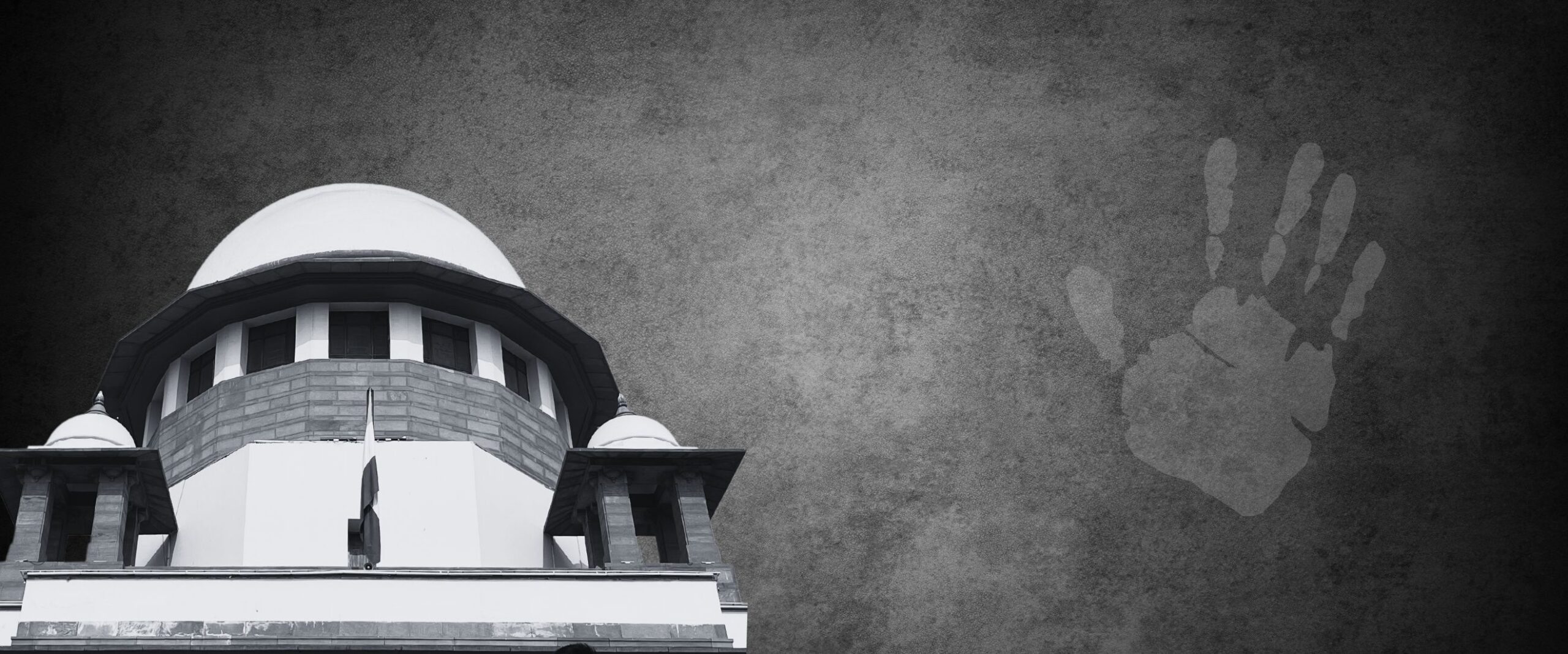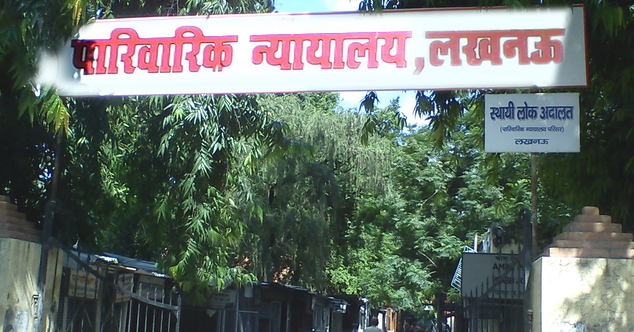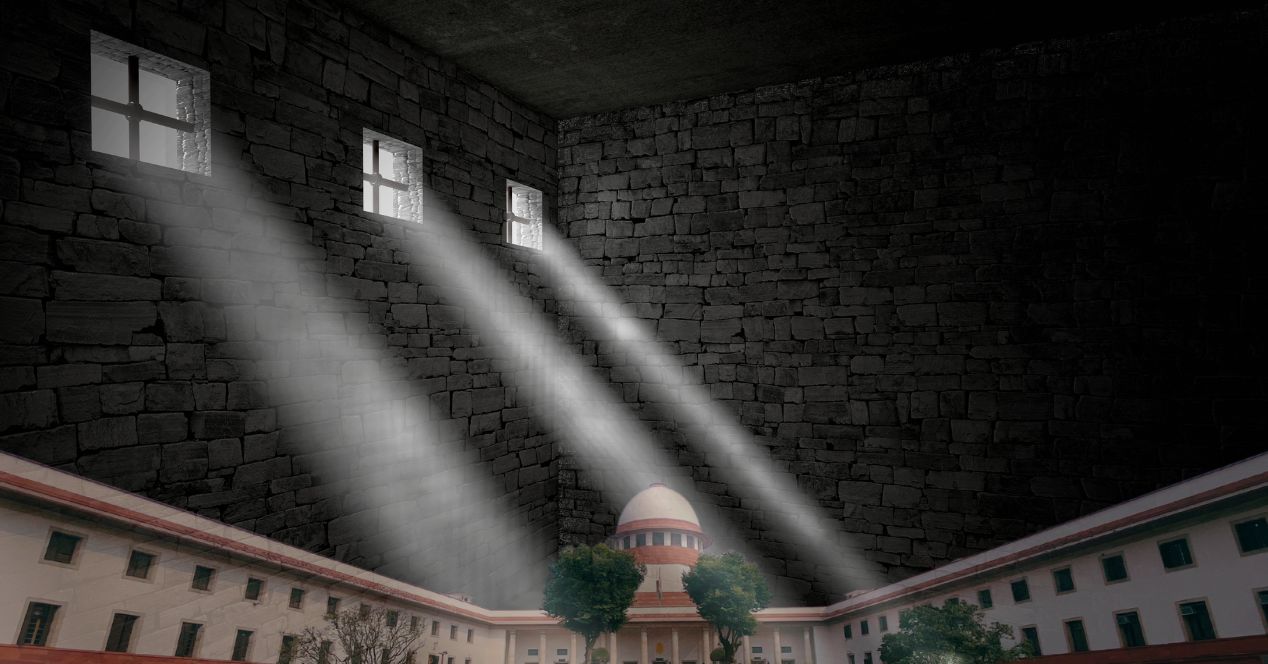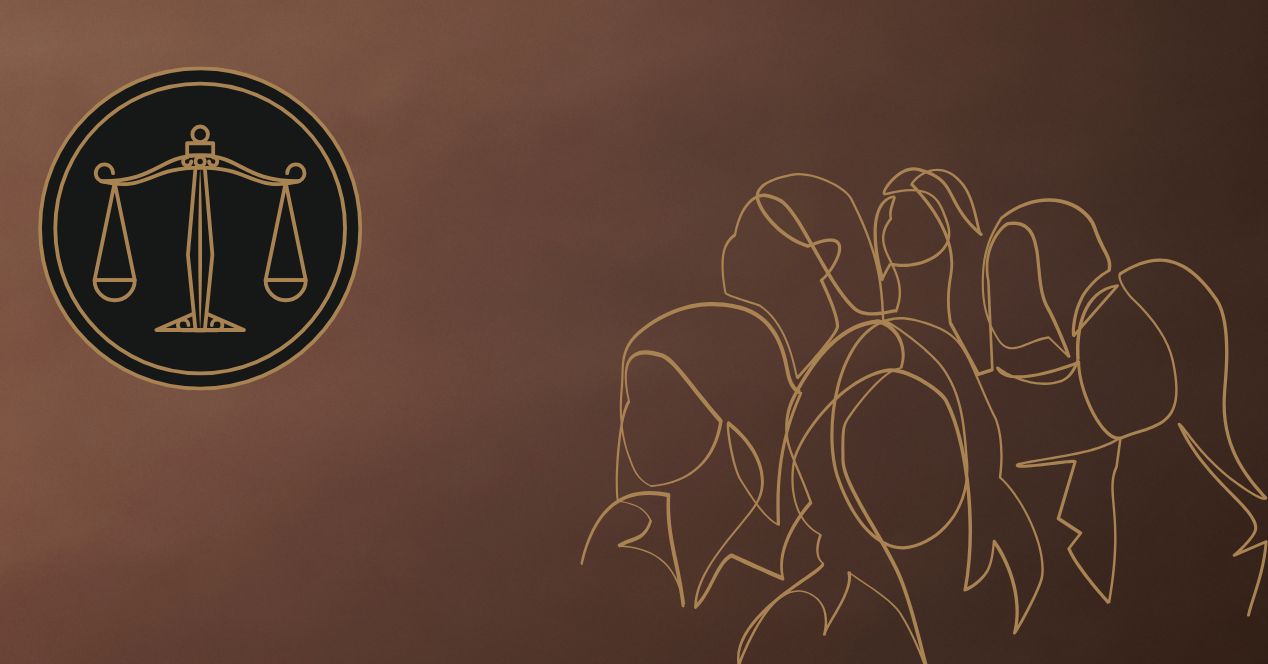Analysis
Supreme Court directs implementation of Domestic Violence Act
The Court responded positively to the plea by an NGO to flagging inconsistencies

On 20 May, the Supreme Court directed all states and Union Territories to identify and designate Protection Officers (POs) to ensure proper implementation of the Protection of Women from Domestic Violence Act, 2005 (PWDVA). A Bench of Justices B.V. Nagarathna and S.C. Sharma was hearing We The Women of India v Union of India. The petition brings to the limelight the uneven implementation of the PWDVA across the country.
Important provisions of the Act
The PWDVA was passed in furtherance of Article 15(3) for the protection of women who have been victims of domestic violence. Acknowledging domestic violence is a result of power relationships, the Act provides for reliefs like protection from courts, compensation for the victim and more.
Shelter and Medical Facilities
- Section 6 outlines the duties of shelter homes to provide accommodation to victims of domestic violence.
- Section 7 mandates the provision of medical facilities to such victims.
Protection Officers
- Section 8(1) requires every State Government to appoint such number of Protection Officers in each district as it considers necessary.
- Section 9 delineates the duties and functions of Protection Officers. Notably, Section 9(1)(d) stipulates that an aggrieved woman shall be provided free legal aid under the Legal Services Authorities Act, 1987.
Service Providers
- Section 10 pertains to service providers. Any registered voluntary association whose objective is to protect the rights and interests of women through lawful means may register with the State Government for the purposes of the Act.
- A registered service provider is empowered to:
- Record a domestic incident report in the prescribed form, if the aggrieved person so desires, and forward it to the Magistrate and the relevant Protection Officer;
- Facilitate the medical examination of the aggrieved person and forward the medical report to the Protection Officer and the local police station;
- Ensure that the victim is provided access to a shelter home, if she requires it.
Public Awareness
- Section 11 places an obligation on State Governments and Union Territories to give adequate publicity to the provisions of the Act, so that a woman in a domestic relationship who is in distress is aware of her rights and the remedies available to her.
The petition and the prayer
We the women of India, moved the top court in 2021 with the prayer to direct the Union and the states to appoint Protection Officers, Service Providers and provide Shelter Homes under Sections 4 to 11 of the Act. The petition also sought the initiation and conduct of awareness campaigns on crimes against women. On 20 May (order uploaded on 2 June), a Bench led by Justice Nagarathna upheld the prayers in the petition.
At the Supreme Court
The case had found itself before several benches over the years. Significantly, on 4 November last year, a Bench of Justices Nagarathna and Pankaj Mithal had issued notices to all the states and Union Territories. In the subsequent hearings, some states and UTs filed status reports, but many didn’t.
On 8 February, a Bench of Justices Nagarathna and P. B. Varale noted that the following states and UTs had not filed status reports and granted them four weeks to do so:
Andhra Pradesh, Arunachal Pradesh, Himachal Pradesh, Madhya Pradesh, Maharashtra, Meghalaya, Orisha, Telangana, West Bengal, Assam and the UTs of Dadra and Nagar Haveli, Daman and Diu, Jammu and Kashmir, Ladakh and Lakshadweep Further, the Bench imposed payment of costs of Rs. 5000 on each of them to the Supreme Court Mediation Centre within two weeks.
On 20 May, the Bench set aside the order for payment of costs of Rs. 5000 concerning Arunachal Pradesh, as it submitted that it was impleaded in the case subsequent to the order imposing costs.
Directions of the Bench
The Bench directed the Chief Secretaries of all states and Union Territories, along with the Secretaries of the Departments of Women and Child Development to designate selected officers as POs. The POs must complete this process within six weeks in areas where such designation has not yet occurred.
Further, the Union, as well as the state and UT Governments, must actively publicise the provisions of the Act through public media. The Member Secretary of NALSA was directed to ensure, through its affiliated bodies at the state, district, and taluka levels, that the public is well informed that aggrieved women under the Act are entitled to free legal aid and advice.
The relevant departments must empanel service providers per Section 10 of the Act and work through them to provide shelter homes for aggrieved women. States and UTs must identify and officially notify such shelter homes at both the District and Taluka levels within ten weeks. The Bench has issued these directions as initial steps to “ensure ultimate implementation of the Act in all respects.”
As the Court is likely to monitor whether the authorities comply with its directions it may reveal how effectively the Court’s intervention corrects the uneven implementation of the Act.




